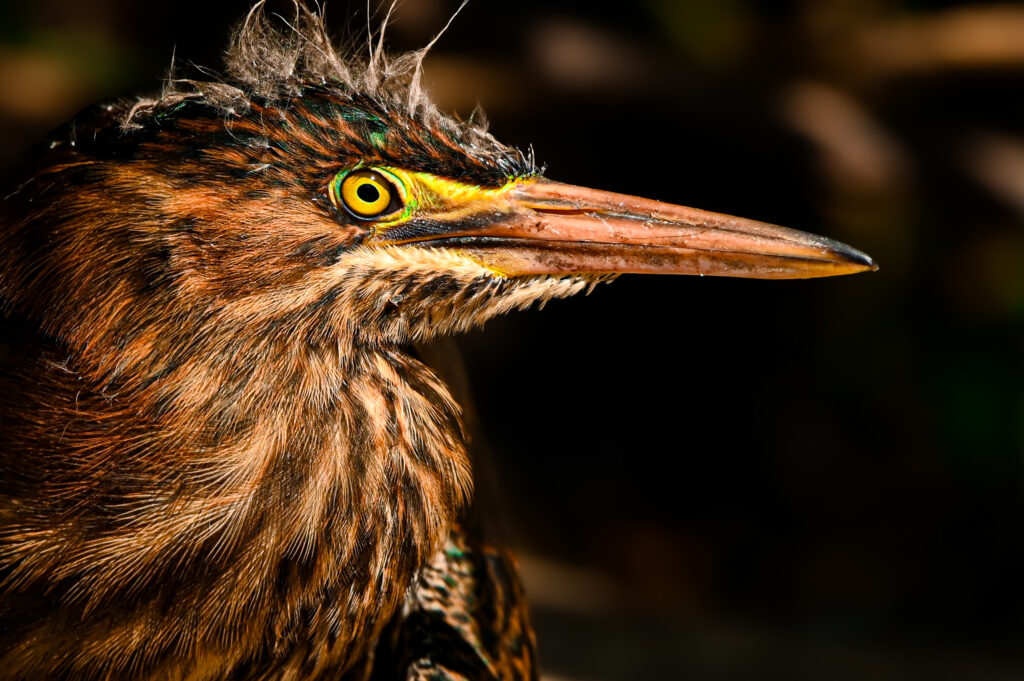Hummingbird Migration Maps for 2025: U.S. and Canada
The ultimate guide to Hummingbird Migration Maps and Routes 2025 with animated maps for each species. Fascinating insights into Hummingbird Migration patterns and the popular Ruby-throated Hummingbird. Explore detailed Hummingbird map for a unique perspective on these incredible creatures’ annual journey.
Introduction:
Explore the fascinating journey of hummingbirds with migration maps, tracking their incredible movements across continents.
Typical Migration Pattern of Hummingbirds
Overview
Hummingbirds are known for their remarkable migration journeys, often spanning thousands of miles. While migration patterns can vary among different species, a typical route for North American hummingbirds involves a southward journey in the fall to warmer regions and a northward return in the spring. This cyclical movement is driven by factors such as food availability, temperature changes, and daylight length.
Route
During fall migration, hummingbirds from North America may travel south to Central America or even as far as South America. They follow specific routes that provide suitable habitats and food sources along the way. In the spring, these birds make the arduous journey back north to their breeding grounds, often retracing their steps with minor deviations based on environmental conditions.
Pace
Hummingbirds are known for their swift flight and agility, allowing them to cover impressive distances during migration. Despite their small size, they possess incredible endurance and can sustain high-energy flights for extended periods. Their pace during migration is influenced by factors like wind conditions, stopover opportunities, and individual energy reserves.
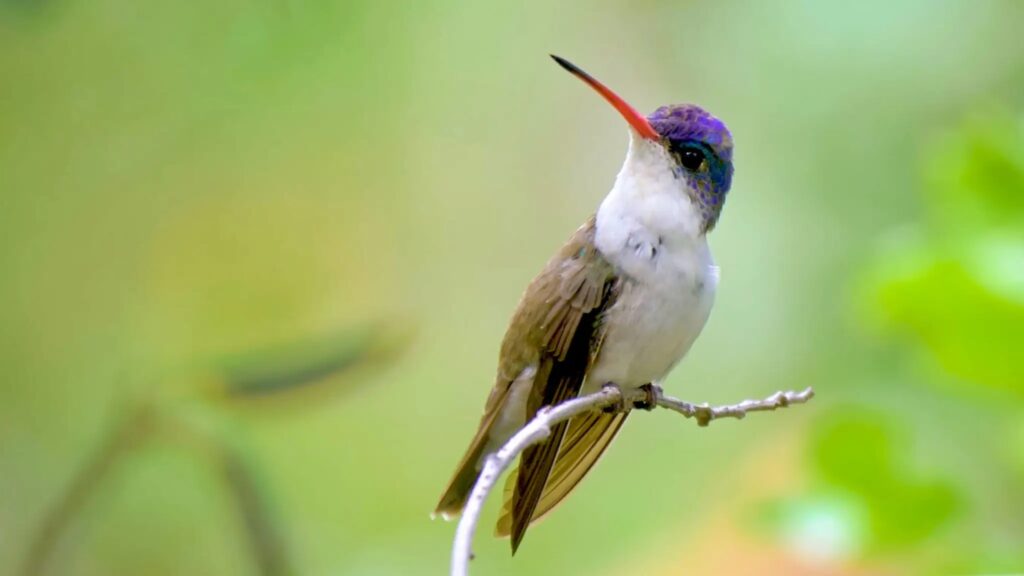
Navigation Strategies of Hummingbirds During Migration
Magnetic Field Sensing
Research suggests that hummingbirds have the ability to sense Earth’s magnetic field and use it as a navigational aid during migration. By detecting subtle variations in the planet’s magnetic field, these birds can orient themselves in the correct direction and maintain their course over long distances.
Celestial Cues
Hummingbirds also rely on celestial cues such as the position of the sun and stars to navigate during migration. By tracking these celestial markers, they can adjust their flight direction and timing to stay on course. This innate ability to interpret celestial signals helps hummingbirds compensate for changing weather conditions and other environmental factors.
Spatial Memory
In addition to magnetic field sensing and celestial cues, hummingbirds possess remarkable spatial memory that aids in navigation. They can remember key landmarks along their migration route, including stopover sites with abundant food sources. By utilizing spatial memory combined with other navigational strategies, hummingbirds can successfully complete their long-distance journeys year after year.
Environmental Factors
One of the key factors influencing the timing of hummingbird migration is the environment. Changes in temperature, precipitation, and food availability can all play a role in when hummingbirds decide to begin their journey. For example, if there is a particularly harsh winter with limited food sources, hummingbirds may start their migration earlier in search of more favorable conditions. Additionally, changes in weather patterns due to climate change can also impact the timing of migration for these birds.
Food Availability
Another important environmental factor that influences the timing of hummingbird migration is food availability. Hummingbirds rely heavily on nectar from flowers as their primary food source, so the blooming patterns of flowers can dictate when they need to migrate. If flowers bloom earlier or later than usual due to shifts in climate or other factors, hummingbirds may adjust their migration timing accordingly to ensure they have enough food along their journey.
Physiological Factors
In addition to environmental cues, physiological factors also play a role in determining when hummingbirds migrate. These birds have an internal biological clock that helps regulate their migratory behavior. Hormonal changes triggered by changes in daylight length and other environmental signals can prompt hummingbirds to start preparing for their journey at specific times each year. This internal clock helps ensure that hummingbirds are able to time their migration effectively to coincide with optimal conditions for survival and reproduction.
Migratory Instincts
Hummingbirds are born with a strong migratory instinct that drives them to undertake long journeys each year. This instinct is deeply ingrained in their genetic makeup and has been honed over generations of evolution. As such, even if environmental conditions fluctuate from year to year, hummingbirds will often still follow their natural migratory instincts and embark on their journey at roughly the same time each year. This powerful drive to migrate ensures that these tiny birds are able to navigate thousands of miles with remarkable precision and efficiency.
Origins of Hummingbird Migration Routes
Hummingbirds are known for their long-distance migrations, with some species traveling thousands of miles each year. The origins of these migration routes vary depending on the species, but many hummingbirds in North America begin their journey in Mexico and Central America. These regions provide a warm climate and abundant food sources, making them ideal starting points for the birds’ annual migration.
Factors Influencing Migration Origins
Several factors influence where hummingbirds choose to begin their migration. One key factor is the availability of nectar-rich flowers along their route. Hummingbirds rely on these flowers as a primary food source during their journey, so they are more likely to start from areas with a high concentration of suitable flowers. Additionally, weather patterns play a role in determining the origins of migration routes, as birds may wait for favorable conditions before beginning their journey.
Destinations of Hummingbird Migration Routes
The destinations of hummingbird migration routes also vary among species, with some traveling to as far north as Alaska and others remaining in warmer climates throughout the year. Many hummingbirds in North America migrate south to Mexico and Central America for the winter months, where they can find shelter and food until it is time to return north for breeding season.
Favorable Wintering Locations
Hummingbirds seek out specific locations for their wintering grounds that provide ample food sources and protection from harsh weather conditions. These locations often include tropical forests, coastal areas, and mountain ranges where nectar-rich flowers are abundant. By selecting favorable wintering locations, hummingbirds can conserve energy and ensure their survival during the colder months.
Distance Covered by Hummingbirds During Migration
Migratory Routes
Hummingbirds are known for their impressive migration journeys, with some species traveling thousands of miles each year. These tiny birds embark on long-distance flights from their breeding grounds in North America to their wintering grounds in Central and South America. The exact routes taken by hummingbirds during migration can vary depending on the species, but they often follow well-established paths that take them across vast distances.
Notable Species
One of the most well-known migratory hummingbird species is the Ruby-throated Hummingbird, which travels up to 500 miles non-stop across the Gulf of Mexico during its migration. Another remarkable species is the Rufous Hummingbird, which holds the record for the longest migration route of any hummingbird species, traveling over 3,000 miles from Alaska to Mexico. These incredible feats of endurance and navigation showcase the remarkable abilities of these tiny birds. – Ruby-throated Hummingbird: Up to 500 miles non-stop – Rufous Hummingbird: Over 3,000 miles from Alaska to Mexico.
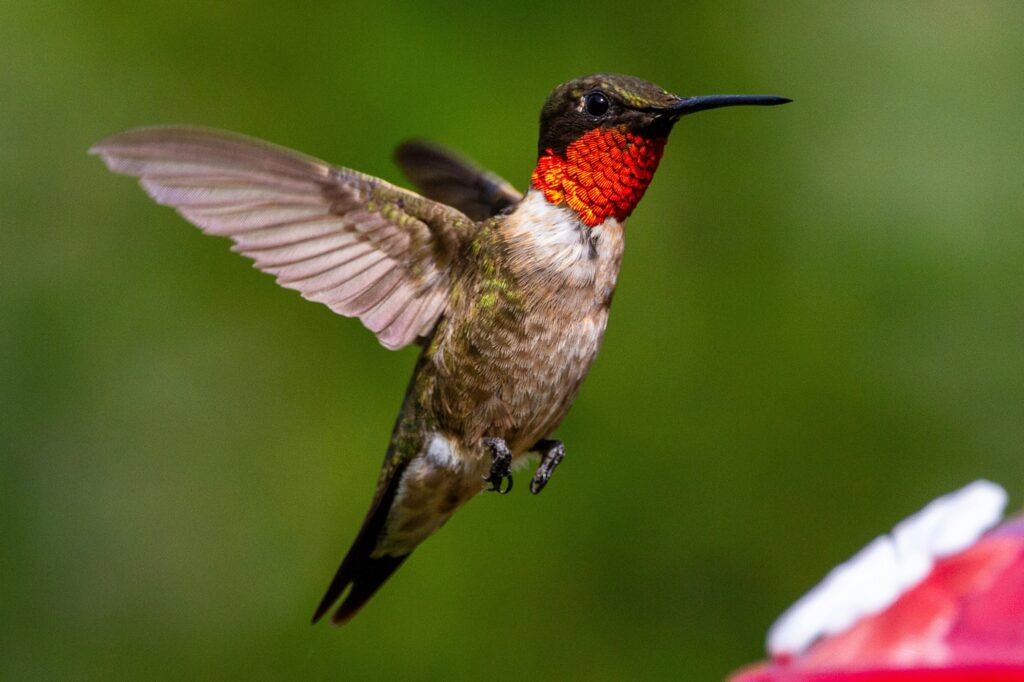
Challenges Faced
Despite their small size and delicate appearance, hummingbirds face numerous challenges during their long migration journeys. One major obstacle is finding enough food along the way to fuel their high metabolism and energy needs. Hummingbirds rely on nectar from flowers as their primary source of energy, so they must seek out blooming plants along their migratory routes to survive. In addition to food scarcity, hummingbirds also have to contend with adverse weather conditions, predators, and habitat loss along their migratory paths. Climate change has further complicated these challenges by altering the timing of flower blooms and disrupting traditional migration patterns. Despite these obstacles, hummingbirds have evolved remarkable adaptations that allow them to successfully complete their annual migrations year after year.
1. Gulf Coast
The Gulf Coast region is a crucial stopover point for hummingbirds during their migration journey. The abundance of nectar-rich flowers and feeders in this area provides essential fuel for these tiny birds to refuel and rest before continuing their long journey. Hummingbirds can be seen flocking to backyard gardens, parks, and nature reserves along the Gulf Coast, making it a popular spot for birdwatchers and nature enthusiasts.
Key Species:
- Ruby-throated Hummingbird
- Black-chinned Hummingbird
- Rufous Hummingbird
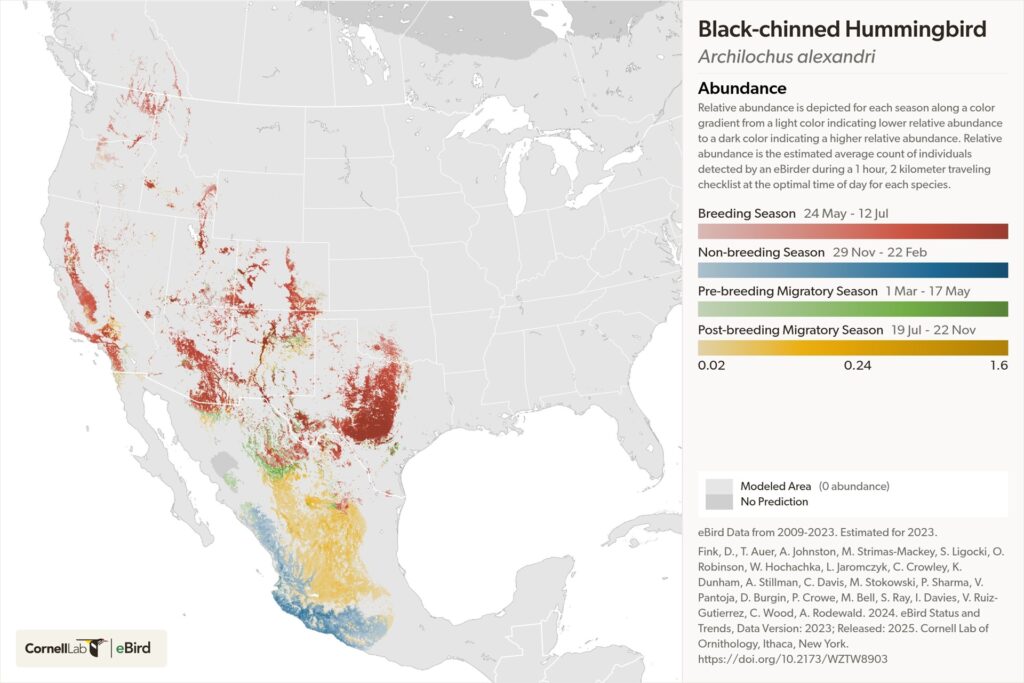
2. Rocky Mountains
As hummingbirds make their way northward during migration, the Rocky Mountains serve as a vital pitstop for these tiny travelers. The mountainous terrain offers a variety of habitats with different types of flowers that provide ample food sources for hummingbirds. High-altitude meadows and alpine forests are teeming with blooming wildflowers that attract these colorful birds as they replenish their energy reserves before continuing on their journey.
Key Species:
- Broad-tailed Hummingbird
- Calliope Hummingbird
- Rufous Hummingbird
3. Pacific Northwest
The lush landscapes of the Pacific Northwest provide an ideal stopover point for hummingbirds as they migrate along the western coast of North America. From coastal marshes to temperate rainforests, this region offers a diverse array of flowering plants that serve as valuable food sources for these tiny birds. Hummingbird enthusiasts flock to coastal parks and botanical gardens in the Pacific Northwest to catch a glimpse of these aerial acrobats as they refuel before continuing their journey.
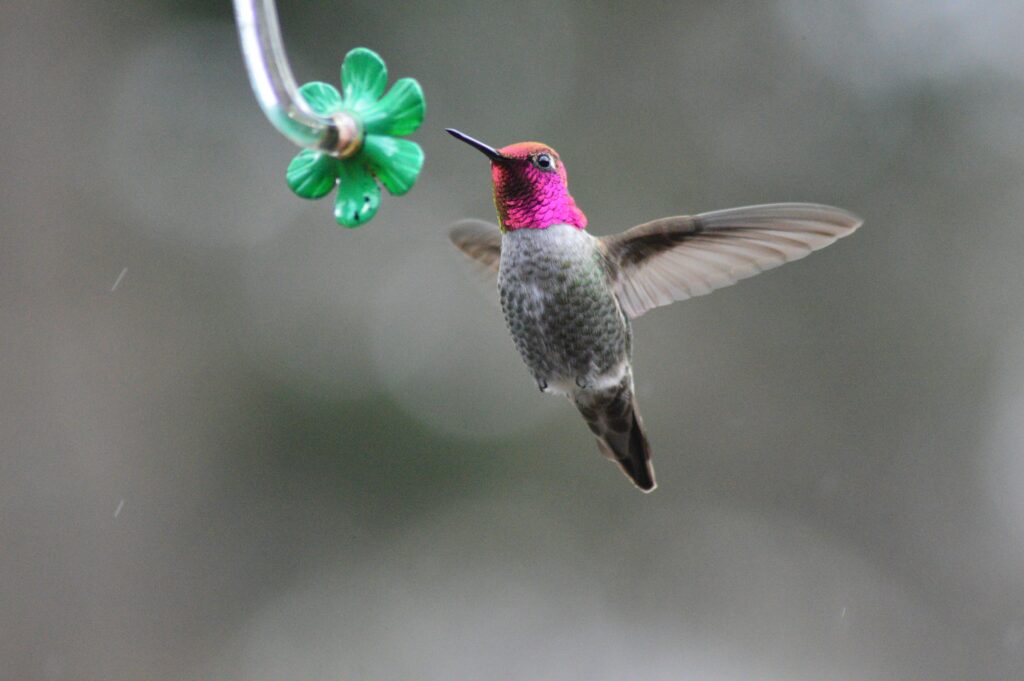
Key Species:
- Anna’s Hummingbird
- Allen’s Hummingbird
- Rufous Hummingbird
Changes in Flowering Patterns
One of the key impacts of climate change on hummingbird migration patterns is the changes in flowering patterns. As temperatures rise and weather patterns shift, the timing of when flowers bloom and produce nectar can be altered. This can have a significant impact on hummingbirds, as they rely on these food sources during their long migrations. If flowers bloom earlier or later than usual, it can disrupt the timing of when hummingbirds arrive in certain areas, leading to potential food shortages.
Example:
- In recent years, researchers have observed that certain flower species are blooming earlier than usual due to warmer temperatures in the spring.
- This shift has caused some hummingbird species to arrive at their breeding grounds before the flowers they rely on for nectar are fully bloomed.
- This mismatch in timing can have negative consequences for both the hummingbirds and the plants they pollinate.
Changes in Habitat Availability
Another impact of climate change on hummingbird migration patterns is the changes in habitat availability along their migratory routes. As temperatures rise and ecosystems shift, the availability of suitable habitats for hummingbirds may also change. This can force hummingbirds to alter their migration routes or find new places to rest and refuel along their journey. In some cases, this can lead to increased competition for limited resources among different bird species.
Example:
- Rising temperatures in certain regions may make previously suitable habitats too hot or dry for hummingbirds to thrive.
- This can push hummingbirds to seek out new areas with more favorable conditions, potentially leading to overcrowding and competition with other bird species.
- In extreme cases, habitat loss due to climate change could threaten the survival of certain hummingbird populations.
Predators
One of the main threats that hummingbirds face during migration is predators. Birds of prey such as hawks, falcons, and owls are known to target small birds like hummingbirds for food. Additionally, larger predatory birds like crows and jays may also pose a threat to hummingbirds during their long journey. These predators rely on their keen eyesight and hunting skills to catch unsuspecting hummingbirds in flight or while they are resting.
Ways to Avoid Predators:
- Travel in large groups for safety in numbers
- Fly at higher altitudes where predators may have a harder time spotting them
- Choose resting spots that provide cover and protection from aerial attacks
Lack of Food Sources
Another major obstacle faced by hummingbirds during migration is the scarcity of food sources along their route. Hummingbirds have high metabolisms and need to constantly feed on nectar to sustain their energy levels. Without access to sufficient nectar-producing flowers or feeders, hummingbirds may struggle to find the nourishment they need to continue their journey.
1. Banding and Tagging
One common method used to track hummingbird migration patterns is banding and tagging. Researchers will capture hummingbirds, usually during their breeding season, and attach a small, lightweight band or tag to their leg. These bands have unique identification numbers that can be recorded when the bird is recaptured at a later date. By tracking where these banded birds are found throughout the year, researchers can gain valuable insights into their migration routes and timing.
Objectives:
- Provides direct information on individual bird movements
- Allows for long-term monitoring of specific individuals
2. Radio Telemetry
Another method used to study hummingbird migration patterns is radio telemetry. This involves attaching a the tiniest radio transmitter you can imagine to a hummingbird and using specialized equipment to track its movements in real-time. Researchers can then follow the bird as it migrates, providing detailed information on its route, speed, and stopover locations along the way.
Advantages:
- Provides precise location data in real-time
- Can track individual birds over long distances
Importance of Food Availability
Food availability plays a crucial role in guiding hummingbird migration routes as these tiny birds need to constantly refuel during their long journeys. Hummingbirds have incredibly fast metabolisms and need to feed on nectar multiple times a day to sustain their energy levels. Therefore, they rely heavily on the presence of flowering plants along their migration routes to provide them with the necessary nutrition.
Impact on Migration Patterns
The availability of food sources such as nectar-producing flowers directly influences the timing and direction of hummingbird migration. These birds will alter their flight paths to follow the blooming of flowers, ensuring that they have access to food along the way. This often leads them on meandering routes that take them through specific regions where food sources are abundant at certain times of the year.
- Hummingbirds may travel hundreds or even thousands of miles out of their way to reach areas with high concentrations of blooming flowers.
- Changes in climate and habitat destruction can disrupt traditional migration routes by affecting the distribution of food sources for hummingbirds.
- Conservation efforts focused on preserving key habitats with abundant nectar-producing plants are essential for supporting healthy hummingbird populations and maintaining their migratory patterns.
Factors Influencing Migration Patterns
There are several factors that influence the migration patterns of different hummingbird species. One key factor is the availability of food along their migration route. Hummingbirds rely on nectar from flowers as their main source of energy, so they need to follow the blooming seasons of specific plant species. Climate also plays a role in migration patterns, as hummingbirds tend to avoid areas with extreme weather conditions. Additionally, competition for resources and predation risks can also impact the routes that hummingbirds take during migration.
Example: Ruby-throated Hummingbird
The Ruby-throated Hummingbird is known for its impressive migratory journey across North America. These birds breed in eastern North America during the summer months and then fly south to Central America for the winter. They typically travel alone and cover around 500 miles non-stop over the Gulf of Mexico. The timing of their migration is closely tied to the blooming season of specific flowers along their route.
Example: Anna’s Hummingbird
In contrast, Anna’s Hummingbird is a non-migratory species that resides year-round along the west coast of North America. These birds are able to adapt to changing environmental conditions and do not need to undertake long-distance migrations like other hummingbird species. They are known for their territorial behavior and may defend feeding areas vigorously against other hummingbirds.
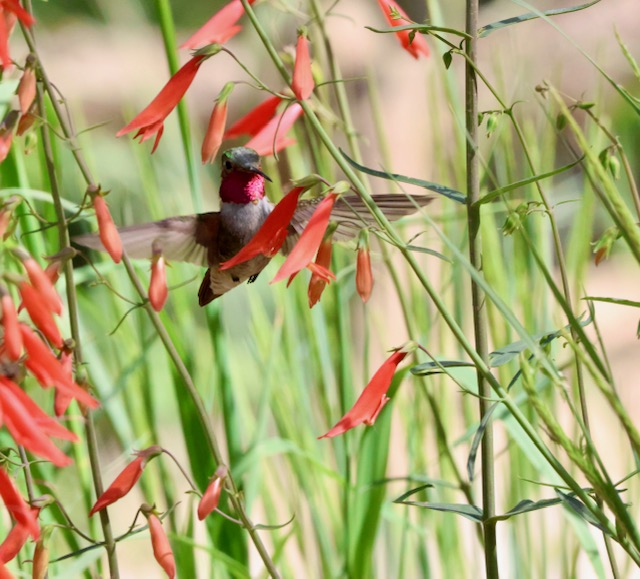
Factors Influencing Migration Duration
The duration of a typical hummingbird migration journey can vary depending on several factors. One major factor is the distance that needs to be covered during the migration. Hummingbirds that have to travel longer distances will naturally take more time to reach their destination compared to those with shorter journeys.
Weather Conditions
Another factor that can influence the duration of a hummingbird migration journey is the weather conditions along their route. Strong headwinds or storms can slow down their progress, forcing them to take breaks or detours to wait out the bad weather. On the other hand, favorable tailwinds can help speed up their journey.
Rest Stops and Feeding Opportunities
Hummingbirds also need to make regular stops along their migration route to rest and refuel. They rely heavily on nectar from flowers for energy, so they need to find suitable feeding opportunities along the way. The availability of these resources can impact how long it takes for them to complete their journey.
- Distance traveled
- Weather conditions
- Rest stops and feeding opportunities
Unusual Weather Patterns
One possible explanation for anomalies and deviations in hummingbird migration routes could be unusual weather patterns. For example, if there is a sudden cold snap or unseasonably warm weather, it could disrupt the normal migration patterns of hummingbirds. This could cause them to change their route or stop in unexpected locations along the way.
Effects on Food Availability
Another factor that could lead to anomalies in hummingbird migration routes is changes in food availability. Hummingbirds rely on nectar from flowers as their primary food source, so if there is a disruption in the flowering patterns of plants along their usual route, they may need to alter their course to find alternative sources of food. This can lead to deviations from their typical migration paths.
Human Impact
Human activities can also play a role in causing anomalies and deviations in hummingbird migration routes. Habitat destruction, pollution, and climate change can all have negative effects on the environments that hummingbirds rely on during their migrations. As a result, they may be forced to change their routes or stop in new locations that offer suitable conditions for feeding and resting.
Conclusion:
In conclusion, understanding the migration routes of hummingbirds involves recognizing their southward journey in the fall to warmer regions and northward return in the spring. These tiny birds rely on a combination of magnetic field sensing, celestial cues, and spatial memory to navigate thousands of miles with remarkable precision. By uncovering these navigation strategies, we gain insight into the incredible journey of hummingbirds during their seasonal migrations.
Summary
Discover the Ultimate Guide to Hummingbird Migration Routes Understanding hummingbird migration routes is significant for researchers to track these tiny birds. A hummingbird migration map helps identify common patterns and differences in species like Ruby-throated hummingbirds. Factors influencing migration routes include weather patterns and stopover points. Technology aids scientists in studying migration patterns, while nectar-rich flowers support hummingbirds during their long journeys. Conservation efforts are crucial to protect these routes and understand how hummingbirds navigate such distances. Studying migration patterns can provide valuable insights into these fascinating creatures.
If you enjoyed this article, please check out our other posts here. We are growing and would love your support.

